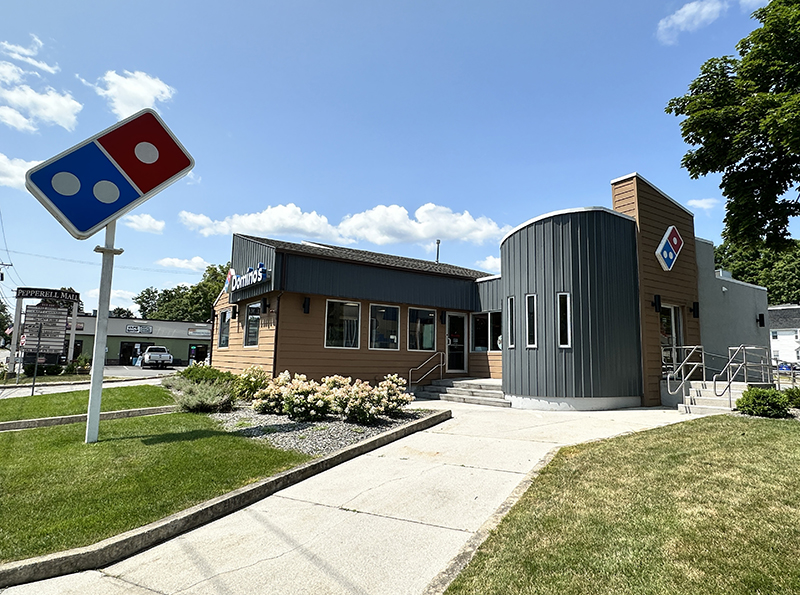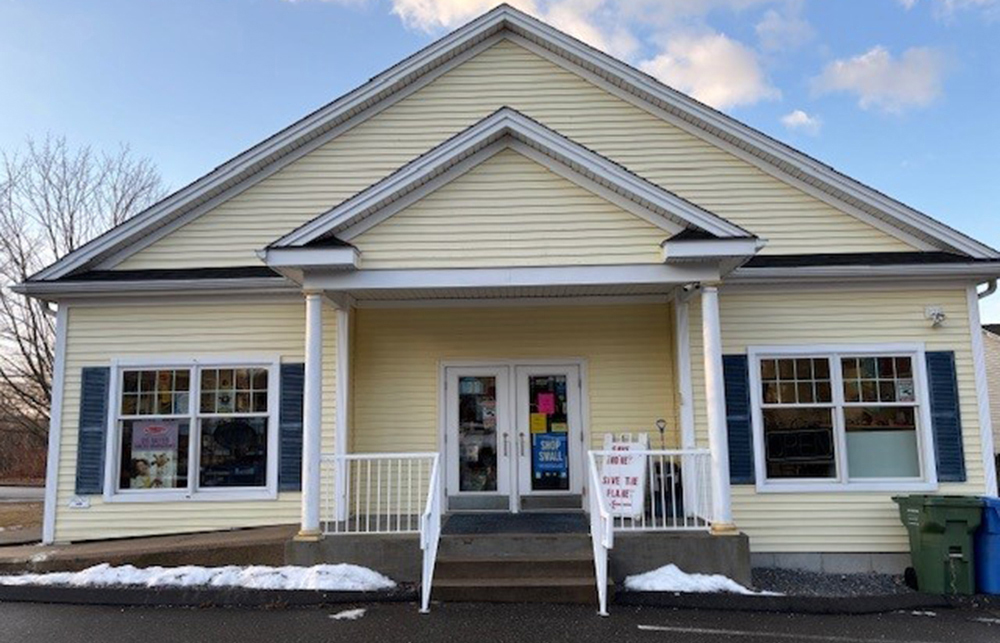Summit Realty closes $960,000 sale of
Dominos NNN investment property

Pepperell, MA Summit Realty Partners, Inc. was involved in the recent sale of 116-118 Main St., a 100% leased Domino’s NNN investment property. This is the second time Summit has sold this property within the last five years.
The property, which sold for $960,000, features a 2,146 s/f freestanding restaurant building with a drive-up window on 0.39 acres. The property benefits from a long-term lease with a franchisee of Domino’s, providing predictable income for investors. A multi-unit franchisee operates this Domino’s location which opened for business in 2021 after substantial interior and exterior building renovations.
“We are thrilled to have assisted our client in the successful sale of this prime property,” said Chris McMahon, of Summit Realty Partners. “The 100% leased nature of the Domino’s NNN investment made this an attractive asset for buyers seeking an income-generating property in a quality market like Pepperell.”
Summit Realty Partners has established a reputation for representing both buyers and sellers in a range of commercial real estate transactions, and this latest deal further solidifies their position as a leader in the industry.
RapDev leases 17,587 s/f at 501 Boylston St. - lease brokered by JLL


End of the year retail thoughts - by Carol Todreas

Retail / tariffs / uncertainty and (still) opportunity - Carol Todreas
As new tariffs continue to impact the global economy, retail businesses and investors are grappling with heightened uncertainty. From new high tariffs to supply chain issues to evolving consumer behaviors, continual changes are making it as or more challenging than the pandemic years. Yet, amidst this turbulence,

Newbury Street: Boston’s timeless retail gem thrives in a modern era - by Joseph Aquino
Boston’s iconic Newbury St. continues to thrive as one of the most vibrant and compelling retail corridors in the United States. Nestled in the heart of the Back Bay, this historic St. has evolved into a powerhouse of high-St. retail, where luxury meets lifestyle and legacy brands coexist with up-and-coming names. With its European charm, diverse architecture, and unmatched foot traffic, Newbury St. remains a dynamic reflection of Boston’s energy, culture, and economic strength.

Placemaking and retail in 2024 - by Carol Todreas
Placemaking. That is the word for 2024. While the concept has historical precedence in urban development, it became part of our current culture in the 1960’s when urbanists started to think about cities for people, not just cars.









.png)
